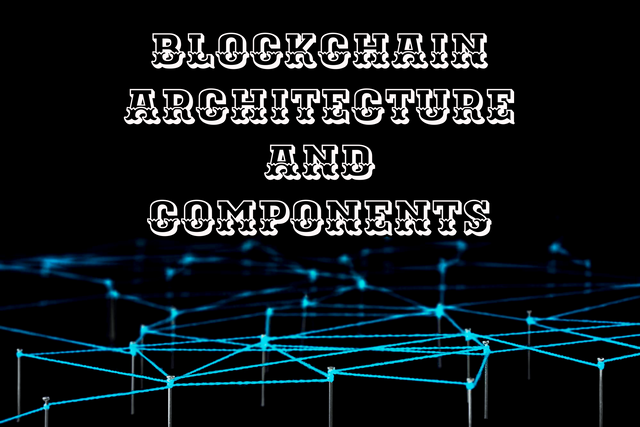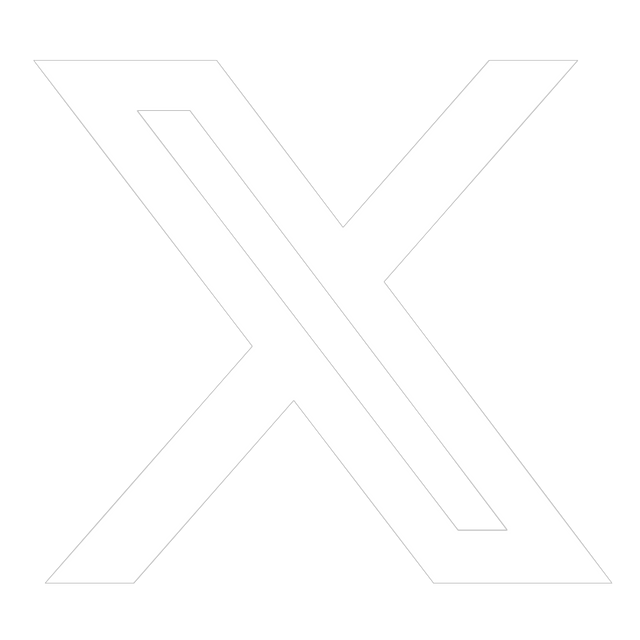Blockchain Architecture and Components
Assalamualaikum everyone!
Welcome to the post. Hopefully, all of you will be doing well and enjoying the time with the grace and blessings of Almighty Allah. Today, I'm here to present another interesting topic, Blockchain Architecture and Components. So, let's start the fun without any wastage of time.

Blockchain Architecture and Components
We all know that the Blockchain is a game-changing technology that has the potential to change a wide range of industries. Its basic design and components are critical to comprehending how it operates and the potential impact it may have. So, let's discuss these positive things.
- DLT (Distributed Ledger Technology):
Distributed ledger technology (DLT) is at the heart of blockchain. Unlike typical centralized databases, DLT is a decentralized system in which numerous nodes (computers) maintain a shared ledger. This ledger keeps track of all network transactions, establishing a scam-proof and transparent record.
- Consensus Mechanism:
Due to the distributed nature of blockchain, a mechanism is required to ensure that all nodes agree on the status of the ledger. This is accomplished through consensus processes like:
Proof-of-Work (PoW): To validate transactions and add them to the blockchain, miners solve complicated mathematical puzzles. This method consumes a lot of energy yet is safe.
Proof-of-Stake (PoS): To validate transactions, validators stake their bitcoin holdings. This is a less energy consuming alternative to PoW.
- Smart Contracts:
Smart contracts are self-executing contracts stored on the blockchain. They contain code that automatically executes when certain conditions are met. This enables secure and anonymous transactions without the need for intermediaries.
- Cryptography:
Cryptography plays a vital role in securing the blockchain. It ensures the integrity of data, verifies transactions, and protects user identities. Key cryptographic components include:
Hashing: A mathematical function that converts any input data into a unique fixed-size output called a hash.
Digital Signatures: Used to authenticate users and ensure the integrity of data.
Public Key Infrastructure (PKI): A system for managing and distributing digital certificates that verify user identities.
- Building Blocks:
The blockchain is essentially a series of blocks linked together. Each block contains data (for example, transactions), a timestamp, and the previous block's hash. This structure creates an immutable record of all transactions, making it nearly impossible to change data in the past.
- Nodes:
The computers that execute the blockchain software and maintain the distributed ledger are known as nodes. They are in charge of validating transactions, adding blocks to the chain, and guaranteeing the security and stability of the network. Nodes are classified into two types.
Full Nodes download and store the whole blockchain history. While on the other hand, the Light Nodes download and store only a part of the blockchain data.
So, it's something about the Architecture of Blockchain and Components of Blockchain. I hope that you will get something new from it. Stay tuned.
 |  |  |  |
|---|

X Share Link:
https://twitter.com/mrsheraz7588/status/1732409390869905746?t=oyQMq5AV90sUn4irwBRBfQ&s=19
Dear @steemdoctor1 ,
We appreciate your active participation and contributions to our community. To ensure a positive environment for all members, we have implemented a set of guidelines to maintain respectful and constructive discussions while upholding community guidelines.
Please increase the quality of your post, you can do this by giving more explanation to your bullet points
Now Engage, Connect, and Inspire Each Other to Reach New heights.
Thank You.